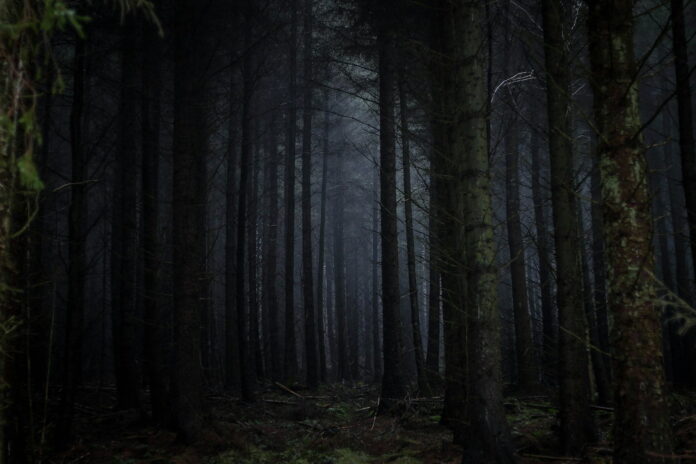In the bustling modern world, the glow of artificial light has become a hallmark of human civilization. From the bright lights of cityscapes to the subtle glimmer of rural streetlamps, artificial illumination has pierced the veil of night, bringing with it a host of unintended consequences. This phenomenon, known as light pollution, is not merely an aesthetic issue or a hindrance to stargazers; it is an environmental concern with significant implications for ecosystems worldwide. Light pollution occurs in various forms, including skyglow, glare, light trespass, and over-illumination, each contributing to the disruption of natural cycles and habitats.
The omnipresence of artificial light has altered the darkness that once governed the rhythms of life on Earth. The diurnal patterns that have evolved over millennia are now being encroached upon by the perpetual luminescence of human activity. This encroachment is not without consequence; the ecological ramifications are profound and far-reaching. As we delve into the effects of light pollution on ecosystems, it becomes clear that the glow that harms is more than just a metaphor—it is a tangible force that demands our attention and action.
Nighttime Disruption: The Effects of Light Pollution on Ecosystems
The night is a critical period for many species, a time for rest, foraging, mating, and migration. However, the intrusion of artificial light disrupts these essential activities. For instance, prolonged exposure to light at night can alter the flowering times of plants and the reproductive cycles of animals, leading to mismatches in ecological timing. The disruption of these cycles can have cascading effects on food webs, as the availability of resources becomes unsynchronized across trophic levels.
Light pollution affects the navigational abilities of nocturnal creatures. Migratory birds, which rely on celestial cues for navigation, can become disoriented by bright city lights, leading to fatal collisions with buildings. Similarly, sea turtle hatchlings, instinctively drawn to the natural horizon over the ocean, are often lured away from the safety of the water by the beckoning lights of coastal developments. These disruptions not only impact individual species but also have the potential to alter the structure and function of entire ecosystems.
Nocturnal Dilemmas: How Artificial Light Alters Wildlife Behavior
The influence of artificial light extends into the behavioral patterns of wildlife. Nocturnal animals, which have adapted to operate under the cover of darkness, are particularly vulnerable. Predators like owls may find their hunting strategies compromised by increased visibility, while prey species such as small mammals experience heightened stress and altered foraging patterns due to the pervasive glow. This can lead to changes in predator-prey dynamics, with potential knock-on effects throughout the food chain.
Insects, too, are not immune to the allure of artificial light. Moths and other nocturnal pollinators are often drawn to streetlights and other light sources, which can lead to exhaustion, predation, and a decrease in pollination services. This not only affects plant reproduction but also the animals that depend on those plants for sustenance. The disruption of these intricate relationships showcases the profound impact that light pollution can have on wildlife behavior and ecosystem health.
The Ripple Effect: Light Pollution’s Impact on Species Interactions and Biodiversity
The consequences of light pollution ripple through ecosystems, affecting not just individual species but also their interactions with one another. The alteration of species behavior and physiology can lead to changes in community composition and biodiversity. For example, in environments where artificial light is prevalent, nocturnal species that can adapt may outcompete those that cannot, leading to a reduction in species diversity.
Furthermore, the effects of light pollution can extend beyond the immediate vicinity of the light source. Light can travel great distances, affecting habitats far removed from urban centers. This widespread impact can lead to a homogenization of ecosystems, as species that thrive in illuminated environments become more common, while those that require darkness become rarer. The loss of biodiversity associated with light pollution is a global concern, as it threatens the resilience of ecosystems and the services they provide to humanity.
Mitigating the Glow: Strategies for Reducing Light Pollution and Protecting Ecosystems
Addressing the challenge of light pollution requires a multifaceted approach that involves policy, technology, and public awareness. One strategy is the implementation of lighting regulations that limit the intensity and duration of nighttime lighting in sensitive areas. By adopting ‘dark sky’ policies and ordinances, communities can reduce the ecological footprint of artificial light.
Advancements in lighting technology also offer solutions. The use of fully shielded, downward-facing lights minimizes skyglow and glare, while LED lights with adjustable brightness and color temperatures can be tailored to reduce disruption to wildlife. Additionally, motion sensors and timers can ensure that lights are used only when necessary, further diminishing the impact on ecosystems.
Shining a Light on Solutions: Innovative Approaches to Combat Light Pollution
Innovative approaches to combat light pollution are emerging around the globe. Citizen science projects, such as Globe at Night, engage the public in monitoring light pollution, raising awareness, and collecting valuable data. Educational initiatives that highlight the importance of dark skies can shift public perception and encourage responsible lighting practices.
Conservation organizations are also partnering with industry to develop wildlife-friendly lighting products. These collaborations are crucial for creating market demand for solutions that benefit both humans and the environment. The designation of Dark Sky Reserves and Parks provides sanctuaries where natural darkness is preserved, serving as refuges for wildlife and as reminders of the night’s true character.
The glow that harms has illuminated the need for concerted efforts to protect the nocturnal environment. By understanding the impact of light pollution on ecosystems and implementing strategies to mitigate its effects, we can ensure that the night remains a time of wonder and ecological vitality. As we move forward, it is imperative that we balance the benefits of artificial light with the needs of the natural world, shining a responsible light on the path to coexistence.
